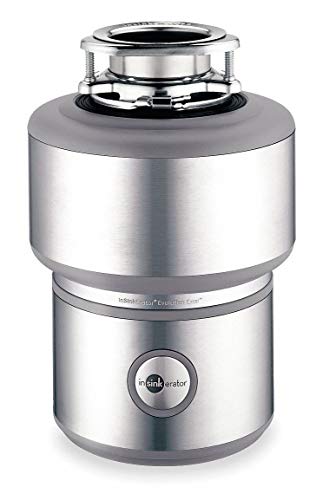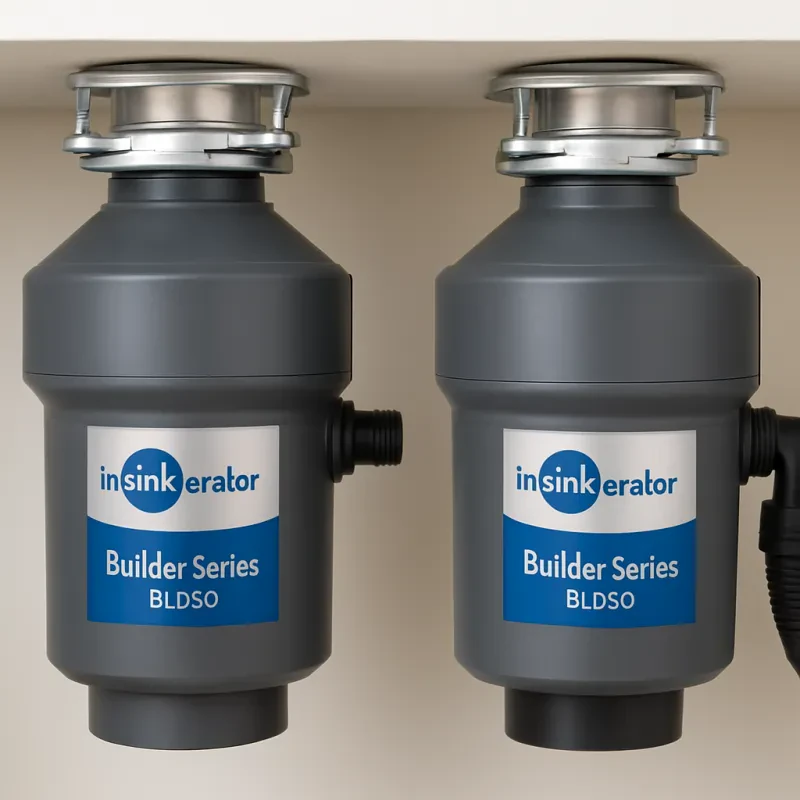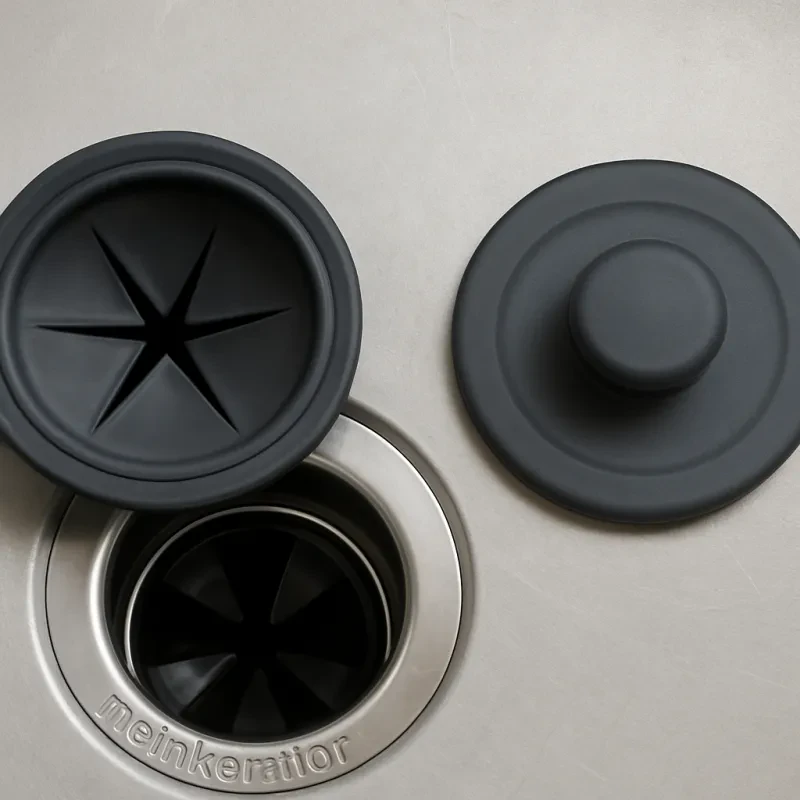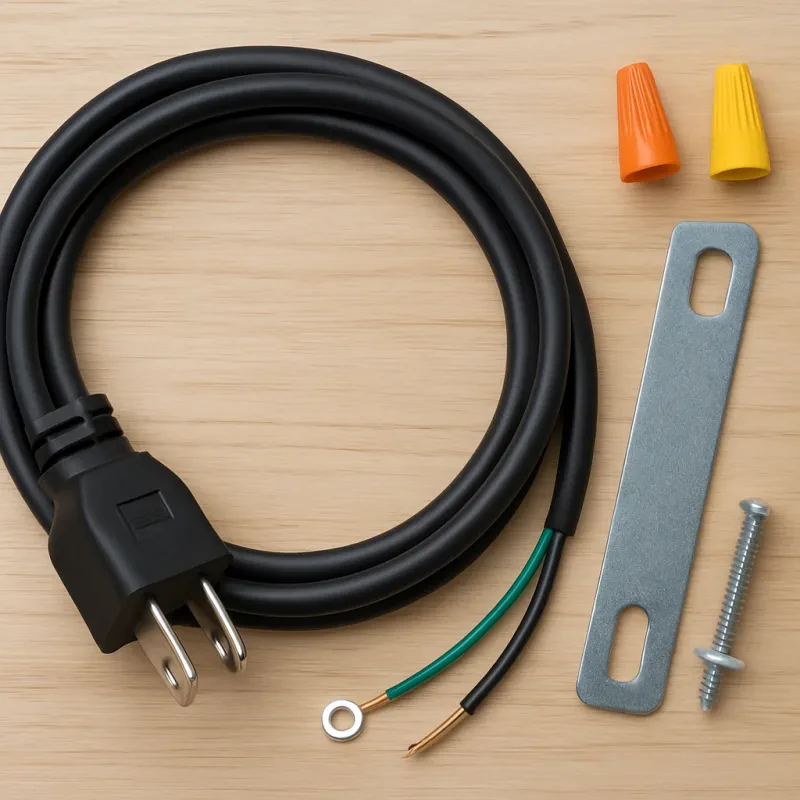Simple steps to minimize kitchen waste
Reducing kitchen waste is not only good for the environment but also saves money in the long run. Here are some simple steps to minimize kitchen waste:
- Plan meals: Plan meals for the week and make a grocery list. Buy only what you need to avoid wasting ingredients or food.
- Use leftovers: Look for creative ways to use leftovers, such as making soups, stews, or salads.
- Compost: Set up a compost bin in your backyard or use a countertop composter to turn food scraps into fertilizer.
- Store food properly: Store foods in reusable containers or beeswax wrap. This helps to keep foods from going bad before their time.
- Avoid single-use products, such as paper towels and plastic wrap. Instead, use cloth towels and reusable silicone or beeswax wraps to cover food.
- Buy in bulk: Buy staples like rice, pasta, and grains in bulk to reduce packaging waste.
- Donate excess food: Donate excess food to a food bank or a neighbor in need.
- Grow your own herbs: Grow your own herbs to save money and reduce waste from buying packaged herbs.
- Buy from local farmers: Buy fresh produce from local farmers' markets, reducing transportation-related waste and supporting local economies.
Sustainable Practices for waste reduction in the Kitchen
The kitchen is a hub of opportunities for reducing waste and adopting sustainable practices. Here are some sustainable practices for waste reduction in the kitchen:
1. Composting 
Composting is an excellent way to recycle and reduce food waste. Creating your compost bin using fruit and vegetable scraps, eggshells, and coffee grounds is simple. Composting generates rich organic soil that can be used for gardening, reducing the need for chemical fertilizers.
2. Use reusable bags and containers for food storage
Purchasing and storing food items in bulk is an efficient way to reduce waste and save money. To store food, use reusable containers instead of plastic bags, which only contribute to the accumulation of waste in landfills and oceans.
3. Reduce packaging waste
Avoid packaging waste by purchasing products in bulk or choosing goods with minimal packaging. Also, consider buying items with biodegradable packaging like paper or cardboard when shopping.
4. Homemade cleaning products
Homemade cleaning products are environmentally friendly and are usually cheaper than the chemical alternatives. Simple ingredients like vinegar, baking soda, and lemon can be used for cleaning the kitchen.
5. Donate excess food
Donating excess food to local shelters or food banks can help reduce hunger and waste. Make sure to check any exemptions and regulations in your area before donating.
6. Reuse food scraps
Food scraps can serve other purposes in the kitchen, thus reducing waste in landfills. For instance, vegetable scraps can be used to make vegetable broth, and fruit peels can be used to infuse flavor in water or tea.
In conclusion, adopting sustainable practices for waste reduction in the kitchen can help reduce waste, promote healthy living and save money in the long run. It's our collective duty to take care of the environment and make our home, the Earth, a better place for future generations.
Creative ways to use leftovers and avoid food waste
One of the main contributors to food waste is throwing away perfectly good leftovers. Here are some creative ways to use up your leftovers and reduce your kitchen waste:
1. Make soup 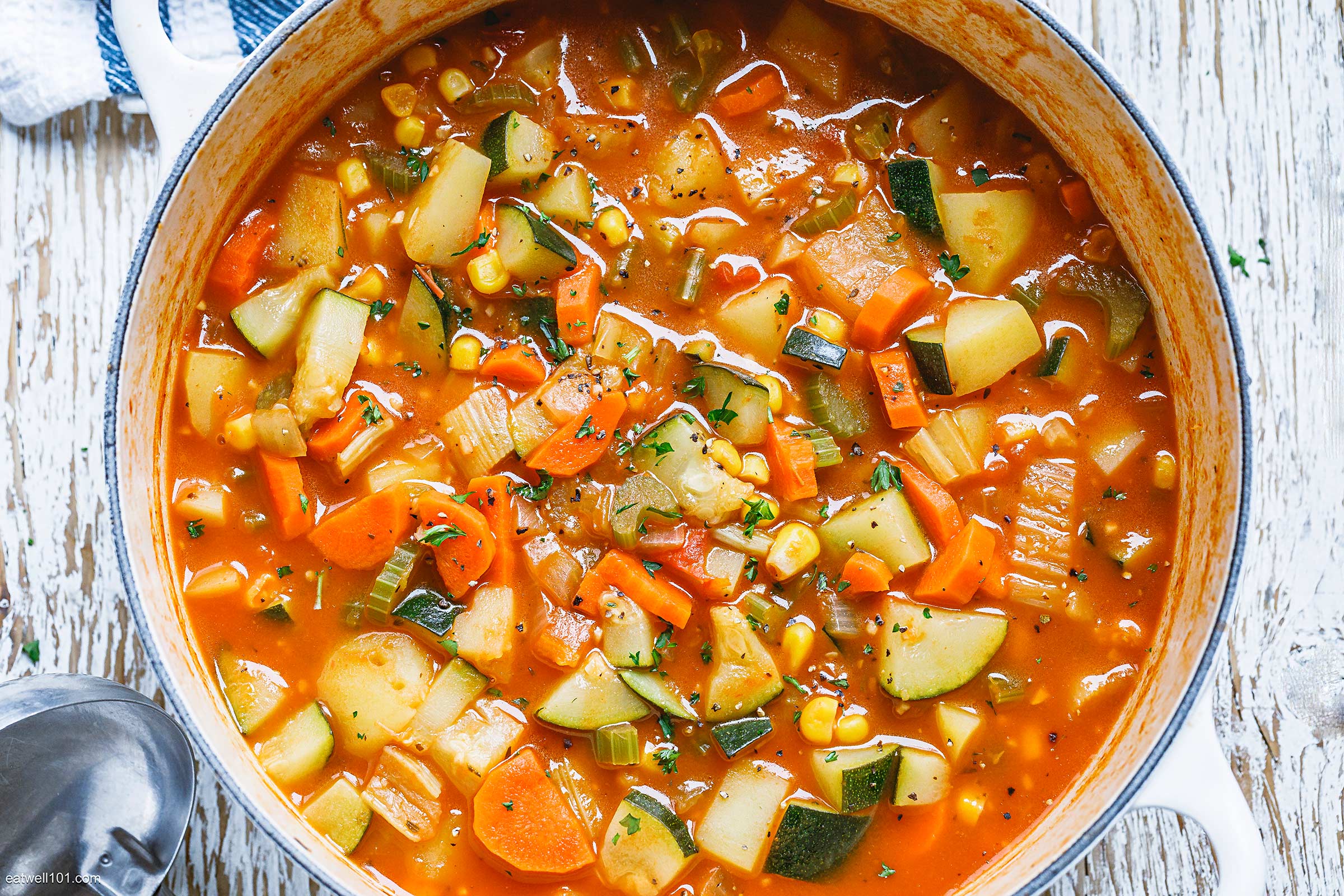
Leftover vegetables, meat, and grains can be transformed into a delicious soup. Simply sauté onions and garlic, add some broth, any leftover veggies and grains, and then top it off with your protein of choice (chicken, beef, tofu, etc.). Allow everything to simmer together for a few minutes, and voilà, you have a hearty and flavorful soup.
2. Turn it into a stir-fry
Like soup, stir-fry is a great way to use leftover veggies and proteins. Plus, it's a quick and easy meal to throw together. Simply stir-fry your leftover veggies and protein with some rice or noodles and your favorite sauce.
3. Make a frittata or quiche
Leftover veggies, meat, and even grains can be used to make a delicious frittata or quiche. Simply mix leftover ingredients with eggs, milk, and cheese (if desired), and then bake in the oven for a delicious meal.
4. Turn it into a wrap
Leftover cooked meat, veggies, and grain can be used to make a delicious wrap. Simply wrap everything in a tortilla or lettuce leaf, and top it off with your favorite dressing or sauce. This is a great way to use up leftover rotisserie chicken or steak.
5. Use it in a salad
Leftover veggies and meat can be used to make a delicious salad. Simply chop up your leftover ingredients and add them to your favorite greens. Top it off with some nuts, seeds, or avocado, and then drizzle with your favorite dressing.
By using these creative ways to use up your leftovers, you can save money and contribute to reducing the amount of food waste in your kitchen.
Install an InSinkErator to Get Rid of Kitchen Food Scraps
Once you have tried all the tips and ideas listed above, and you STILL have leftover scraps and kitchen waste, then it's time to call in the big guns!
If you've given away and recycled, composted, and cooked up absolutely everything you can,, you can easily bring your InSinkErator garbage disposal into play!
Your powerful friend in the sink will grind everything you have left into liquid, allowing it to enter the sewers and plumbing linked to your kitchen safely.
InSinkErator is the best in the business regarding high-quality and get-the-job-done kitchen waste disposals.
They have a huge range of garbage disposals from the extremely popular and best-selling InSinkErator Pro 333 Contractor model all the way up to the jewel in their crown, the 1 Horse Power InSinkErator Excel pictured below.